Marketing continues to be an ever-evolving field, with advancements every single year. Companies are finding more effective ways of connecting individuals to products. The newest trend? Personalized marketing.
Personalized marketing are campaigns tailored to a consumer’s interests and demographics — by leveraging data and digital technology, a marketer can target and tailor ads that will be extremely relevant to the consumer’s interests, and almost guarantee a sale/conversion.
But where does it go after basic personalization? One-to-one marketing.
Definition of One-to-One Marketing
One-to-one marketing or 1:1 marketing is a strategy that emphasizes having an individualized experience with customers. The personalization of interactions is thought to improve customer loyalty and have a high return on marketing investment.
One-to-one is not necessarily a new concept. The one-to-one approach is about as old as business itself. Since the birth of commerce, store owners have remembered details about their customers to use that knowledge to improve service and boost sales.
So, what’s all the fuss about?
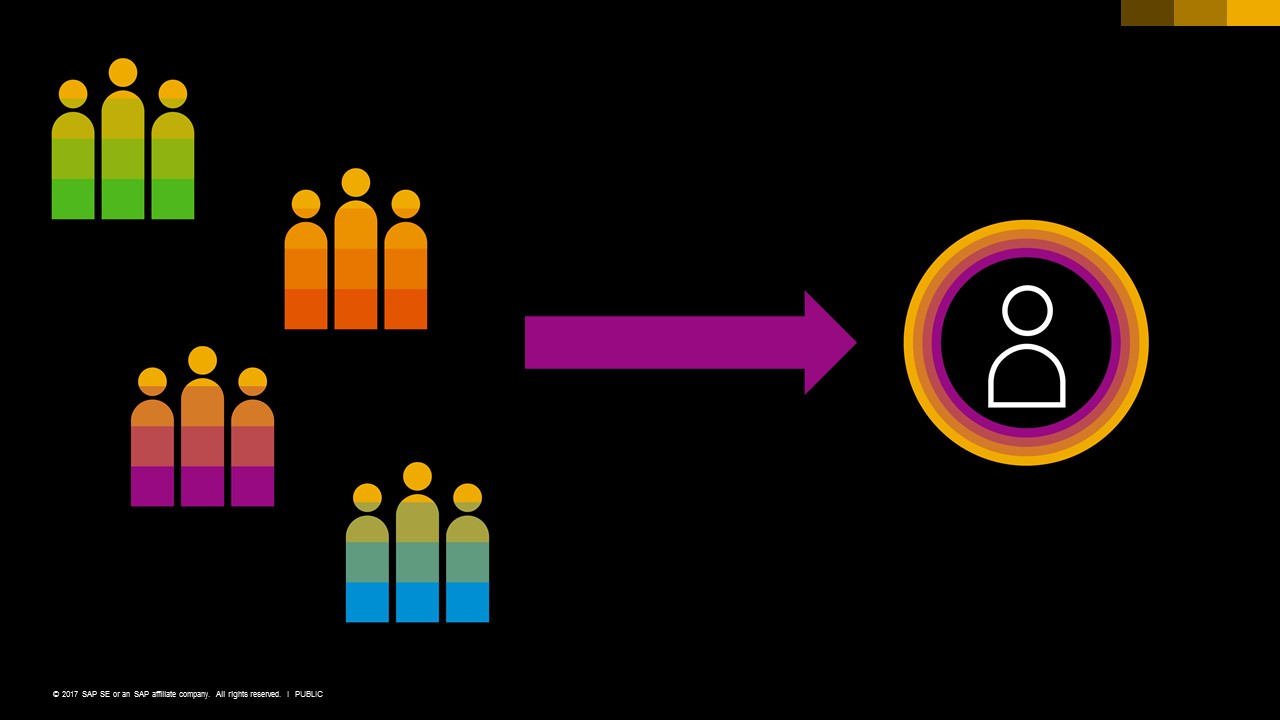
1:1 marketing campaigns can be “a segment of one,” instead of having to segment consumers into a group and send them all the same message, you can now deliver marketing material that appears unique to the individual.
How? Well, there’s plenty of ways of going about this. Using a CRM to reach out to an individual, sending them a personalized e-mail, serving programmatic content through a marketing automation tool, or, using video …
One-To-One Video Marketing
Imagine being able to send out a million unique videos to a million individuals. Those millions of videos are completely tailored to the end-user: It sounds like a lot of man-hours and development time, right?
Well, not exactly. This is what we’re working on here at Vedia uses contextual data to serve unique ads and videos to consumers. You can use different bits of data to create a video that is suited for your customers. Here’s an example:
We are working with companies in various industries to have personalized ads, offerings, check-in videos, e-mail videos, and more. Whatever data you have that you’d like to see turn into a video, we can make it happen — we are positioning ourselves to be the most flexible one-to-one video solution.
How To Start a One-To-One Marketing Initiative
There are a lot of elements that you can use from design thinking to start a one-to-one marketing initiative. It starts with empathizing with the end-user and understanding how they are going to feel when they view the latest offering.
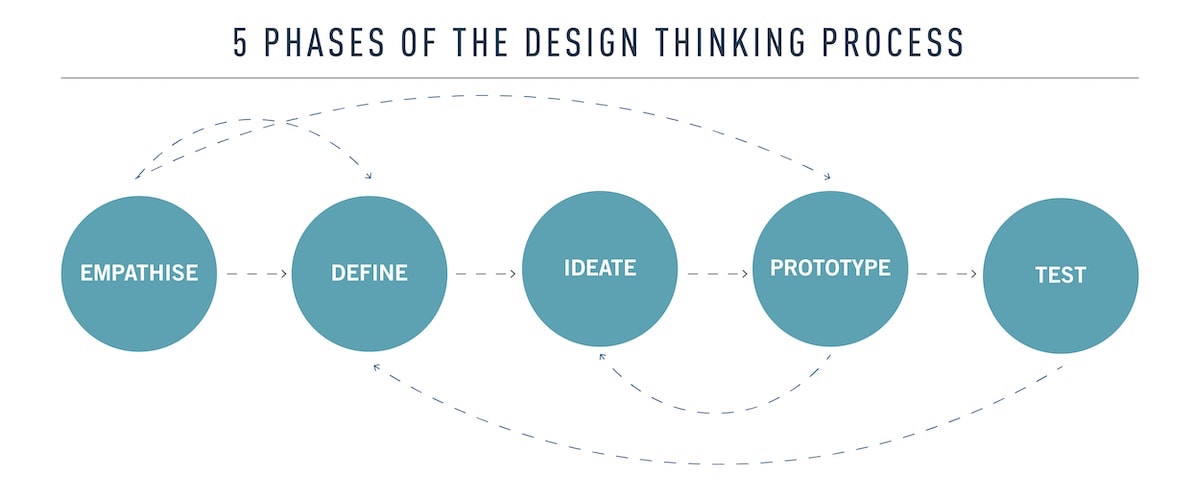
Understanding what problems your user has is a perfect start to finding out how to reach them, and can give you ideas on how to perfect your product offerings, and maybe even build out new features.
We’ll delve into design thinking a bit more in the future, for now, we’ll keep it simple and provide four steps to start a one-to-one marketing campaign.
1) Identify Prospects and Customers
Build and maintain an extensive customer database with information from all the channels and customer touchpoints.

2) Interact With Customers
If possible, ask for feedback that can help improve your product and customer experience as early as possible. This is a great way to establish rapport with your customers early and have a better understanding of customers and their individual needs.
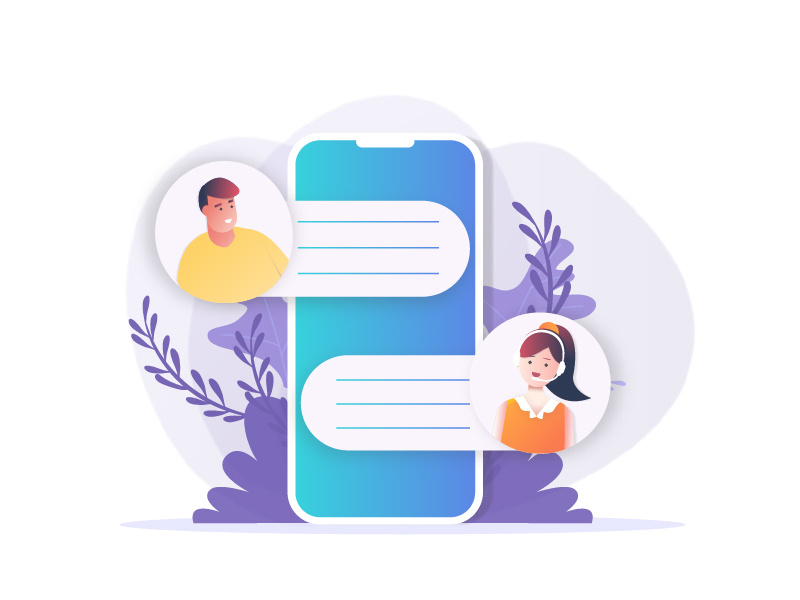
3) Differentiate Customers
After you find out more about your customers, find ways to differentiate them and put them into groups. If they are likely to purchase “product a” than “product b” build out a programmatic messaging strategy that will encourage them to buy your products.
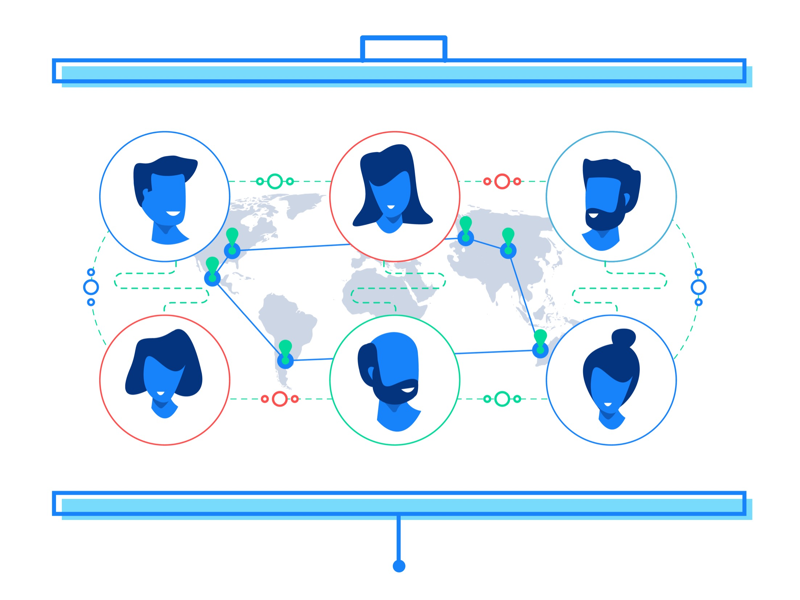
4) Customize
Customize products, services, and messages to the customer. Marketing 91 provides the example of Harley Davidson as a great “cult brand” that can create a great end-to-end personalized strategy. Even their products (motorcycles) customized to the user’s liking.
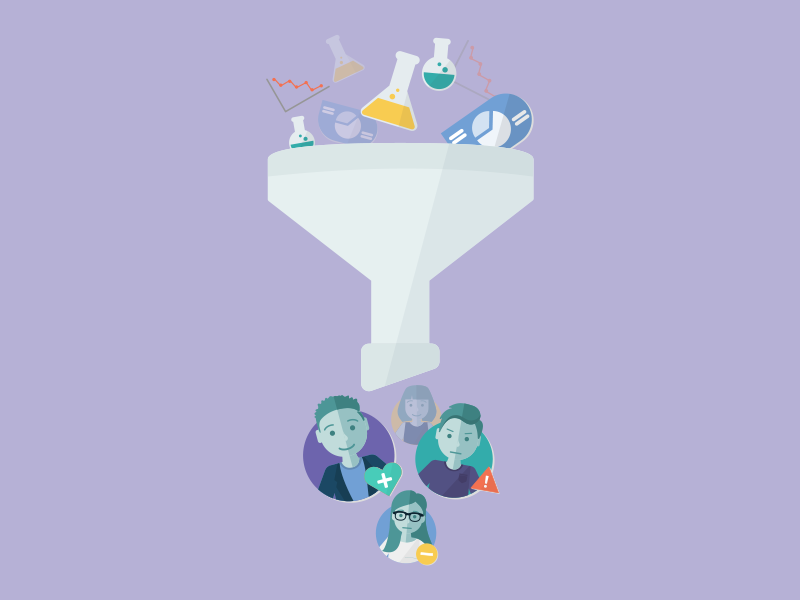
Can One-To-One Marketing Improve My Business?
If executed well, yes. It can increase customer spending by up to 500%. However, it will all depend on the social and behavioral data that you collect and how you are willing to use it.
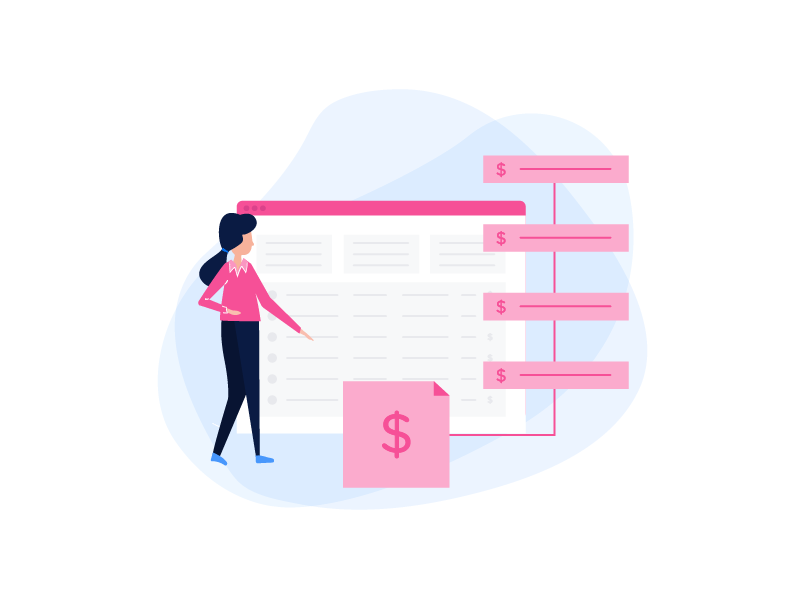
In short, it will eliminate the use of expensive media and promotion to give you a direct communication channel to your customer. This lowers the cost of resources and helps increase overall sales. Need more proof:
Ten quick one-to-one marketing statistics
- 91% of consumers are more likely to shop with brands who provide relevant offers and recommendations.
- 72% of consumers in 2019 only engage with marketing messages that are customized to their specific interests.
- 80% of those who classify themselves as frequent shoppers say they only shop with brands who personalize their experience,
- 90% of consumers are willing to share their behavioral data if additional benefits are provided that make shopping cheaper or easier.
- 70% of millennials are willing to let retailers track their browsing and shopping behaviors in exchange for a better shopping experience.
- 70% of millennials are frustrated with brands sending them irrelevant marketing emails and prefer personalized emails over batch and blast communications.
- By 2020, 51% of consumers expect that companies will anticipate their needs and make relevant suggestions before they make contact.
- 4. 77% of marketers say real-time personalization is crucial; however, 60% report it’s a challenge to execute.
- Personalization works: 88% of U.S. marketers reported seeing measurable improvements due to personalization — with more than half reporting a lift greater than 10%.
- Increasing personalization in more channels can increase overall consumer spending up to 500%.
What Can 1:1 Marketing Improve?
Aside from revenue, a 1:1 approach can improve other marketing-related key performance indicators. It’d be wise to make sure that you are focusing on improving the following metrics to help get more out of your campaigns:
Pay Per Click
Your marketing segmentation and keyword research can reveal consumer intent. You’ll have to tailor PPC advertising to make ads more relevant to the user. Real-time events will also provide an opportunity to personalize further.
Retargeting
Display ads can re-engage people who have visited your site and bounced. These ads are displayed on other sites throughout the web. Look at Google’s Display Network or Outbrain to reach your customers throughout the internet.
Social Media
One of the most effective methods of personalizing ads is us using social networks to segment users by their interests. Sites like Facebook can target individuals by location, profession, age, gender, interests, and behavior.
Website
You can personalize a website for repeat visits using an account system that can encourage purchasing behavior — think of consumer sites, like Target or Amazon, that tailor offerings when you visit their website.
Segment your email database to deliver different content to groups or individualize. This can be done using a tool like MailChimp, Marketo, and Hubspot.
Examples of One-To-One Marketing
Now that you have a better understanding of personalized marketing, you can get creative with how you can position your product, marketing campaigns, and customer experience.
Need some inspiration to get started? Here’s how some of the top companies use 1:1 marketing —
Grammarly— Personalized Emails
Both Grammarly premium and freemium versions offer unique e-mails generated from their user’s data. This weekly digest sent out every Monday that shows users improvements in productivity, vocabulary, accuracy, and more.
The Grammarly app’s freemium model gates a lot of the grammar fixes users could make, and the weekly digest reminds users that they can benefit from using a premium account.
Spotify — Personalized Music Playlist
If you’re a Spotify user you have probably listened to their “Discover Weekly” playlist. This is a playlist that is specific to the user, with recommendations coming from the genres, musicians, and playlists on your account.
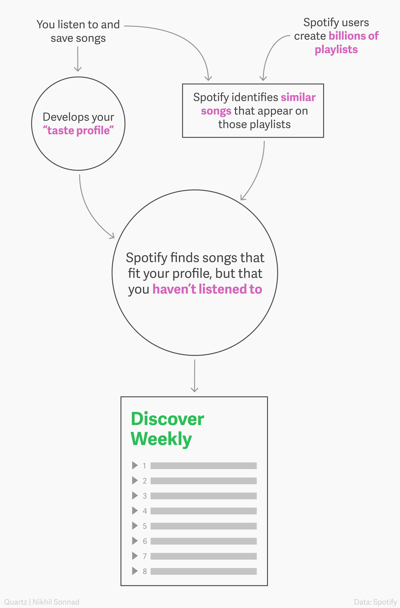
This weekly algorithm is meant to keep users loyal to the Spotify brand and keep streaming music on their app. If you’d like to learn more about the magic behind Spotify’s Discover algorithm.
Coca Cola — Personalized Bottles
1:1 marketing isn’t just for the digital world. Coca-Cola managed to create a unique personalized marketing campaign with its “share a coke” campaign with the goal of reaching more millennials. 
This marketing strategy consisted of having each bottle of Coke stamped with popular first names. This campaign ended up going viral, with over 12 million media impressions and a 7% increase in young adult consumption.
Any Questions on 1:1 Marketing?
Do you still need some help with understanding one-to-one marketing? We are here to help you learn.
Feel free to leave some comments below, and we’ll help walk you through it. And feel free to check out Vedia and let’s find out if we can get your personalized marketing campaigns started.

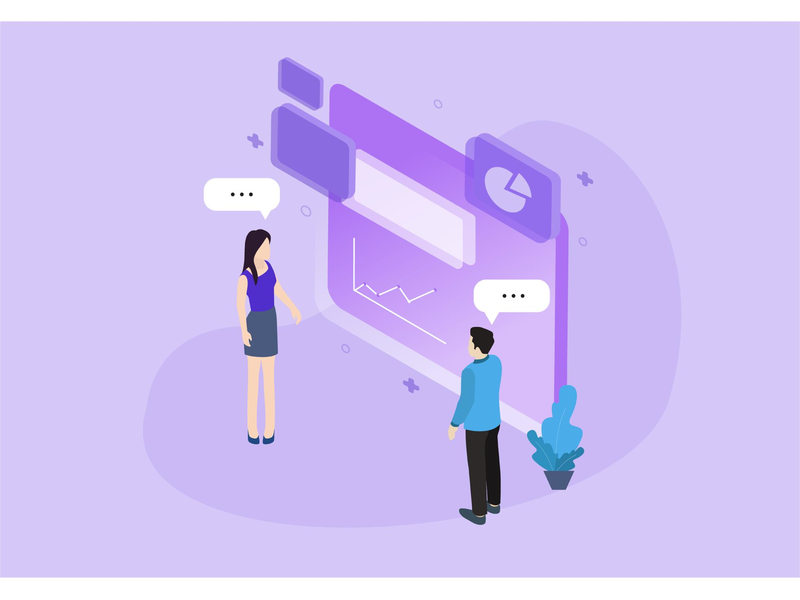

5 Comments
Pingback: What Is Neuromarketing? The Art, Psychology, and Science of Marketing
Pingback: At What Part of the Buyer's Journey Should I use Video? | Vedia Blog
Pingback: How To Plan Out Your Content Strategy Roadmap | Raw Shorts
Pingback: Neuromarketing: El Arte, La Psicología y La Ciencia Detrás del Marketing
Pingback: The Future of Customer-Centric Marketing | Vedia A.I. Personalization Blog